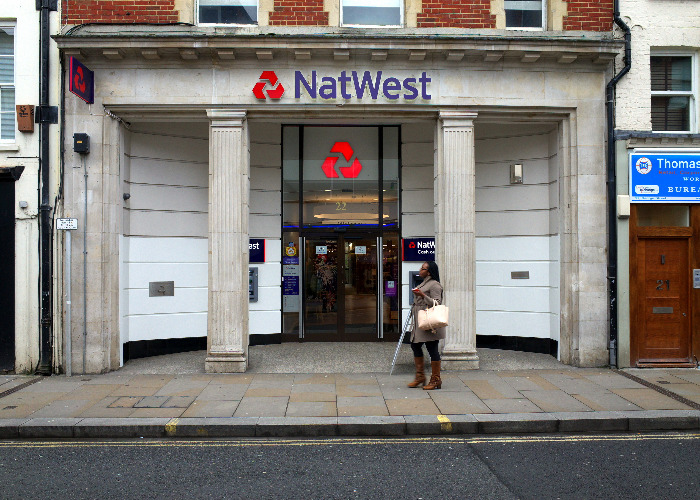NatWest and RBS warn 1.3 million business customers negative interest rates could be coming

The banks have told customers they could be charged on deposits should the Bank of England slash interest rates below zero.
NatWest and Royal Bank of Scotland have warned their business and commercial customers that negative interest rates – where banks charge you for holding deposits – may be on the way.
In a letter sent to 1.3 million customers about changes to their terms and conditions, the banks explained: "Global interest rates remain at very low levels and in some markets are currently negative. Dependent on future market conditions, this could result in us charging interest on credit balances."
Personal customers that use NatWest and RBS for their everyday savings or current account are not affected by this announcement.
Beat rubbish saving rates and earn up to 5% interest from a current account
When could it happen?
Should NatWest and RBS follow through with this warning it would make them the first UK banks to introduce negative interest rates.
Whether this happens or not is pegged to what the Bank of England decides to do to the Base Rate.
A spokesperson for RBS told loveMONEY: "We will consider any necessary action in the event of the Bank of England base rate falling below zero, but will do our utmost to protect our customers from any impacts."
The Base Rate has been held at a record low of 0.5% since March 2009. But following the EU referendum result it was highly anticipated that the Bank of England would slash rates to 0.25%.
However, the Monetary Policy Committee, which meets to decide the rate each month, voted to hold the rate again earlier this month.
But Mark Carney, the Bank's Governor, has said "some monetary policy easing will likely be required over the summer" to boost the UK economy as it goes through the process of Brexit.
Meanwhile, some economists have predicted that rates could be cut to zero or lower later this year.
The next meeting to decide the Base Rate will take place on August 4 2016.
How negative interest rates work
If interest rates did fall below zero, the bank and customer relationship would be turned upside-down. Instead of customers getting paid by the bank for their deposits, the customer might have to pay the bank just for holding their money.
The whole concept of cutting interest rates – even into negative territory – is designed to encourage more borrowing and spending and less saving.
In 2014, the European Central Bank was the first major central bank to introduce negative interest rates.
The move was in order to encourage banks to lend to businesses rather than hold onto money. Japan also cut interest rates below zero in January 2016 as it was desperate to boost spending and investment.
However, the psychological impact of rates turning negative could see people rushing to withdraw their money and ditching any banks that impose them.
Beat rubbish saving rates and earn up to 5% interest from a current account
Picture: Thinglass / Shutterstock.com
Read these next:
The best cashback credit cards
The banks and building societies we‘re all switching to
Card cloning and skimming: how it works and how to stay safe
Comments
Be the first to comment
Do you want to comment on this article? You need to be signed in for this feature